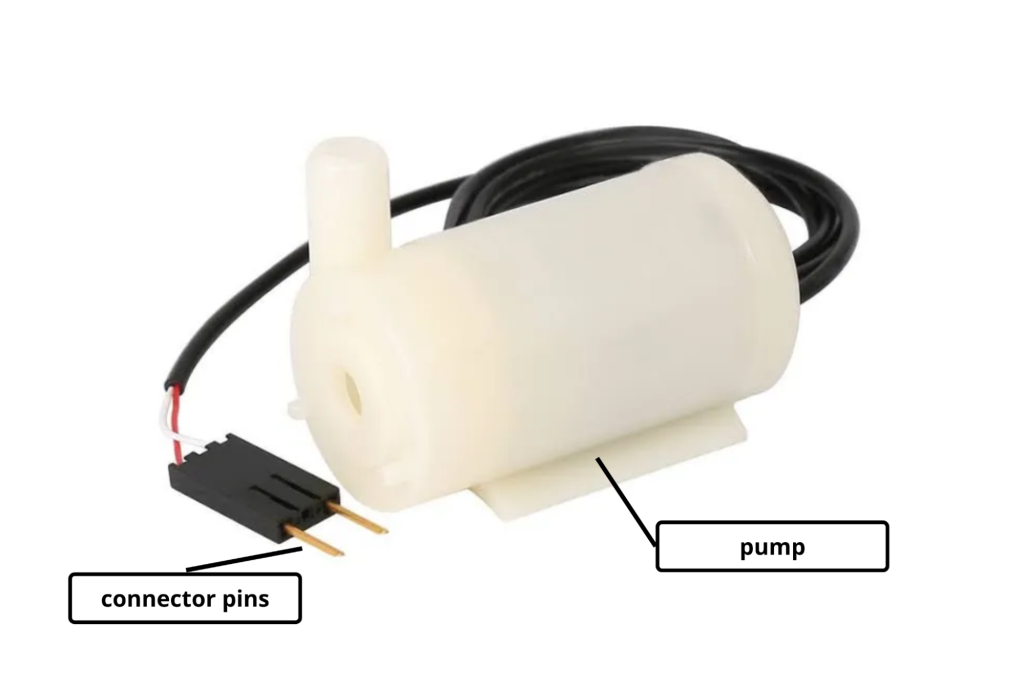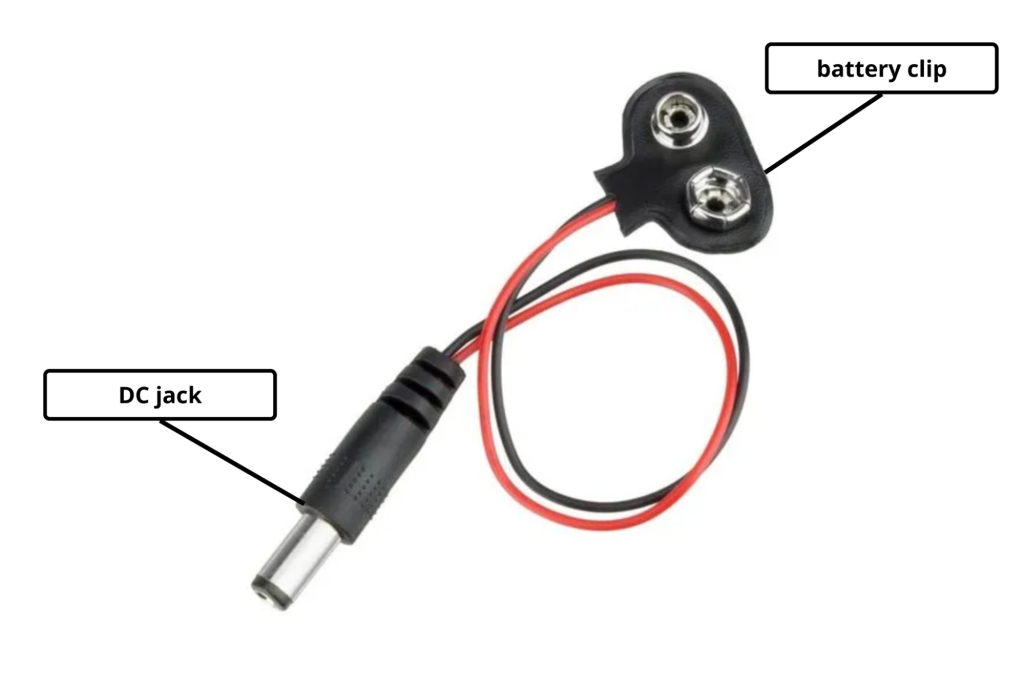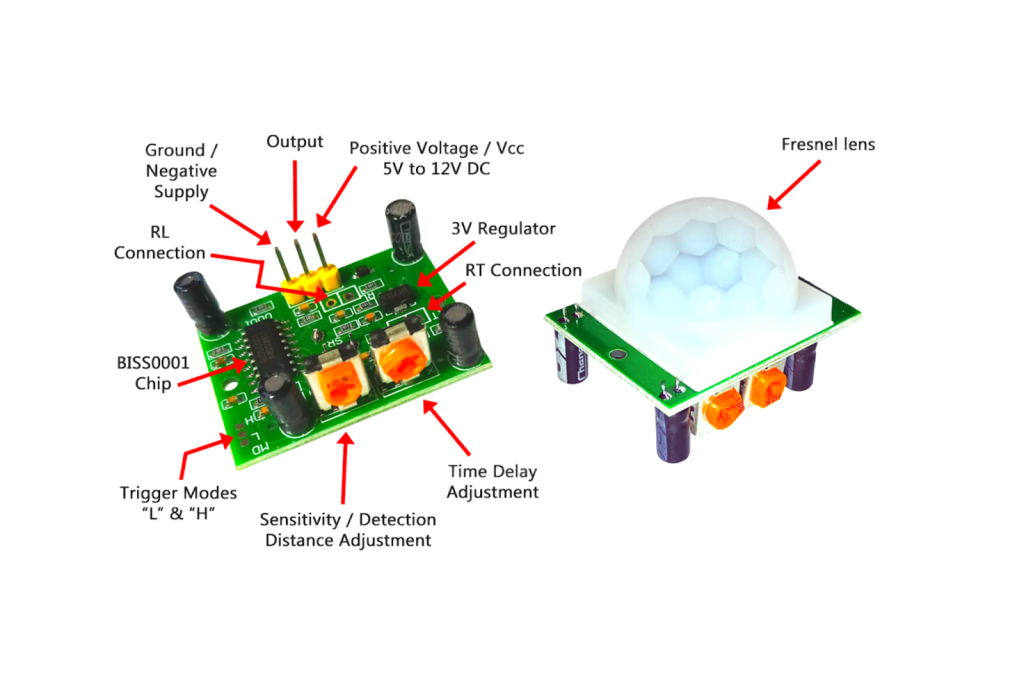
A motor driver module is a simple circuit used for controlling a DC motor. It is commonly used in autonomous robots and RC cars (L2938N and L293D are the most regularly utilisedSou motor driver chips). A motor driver module takes the low voltage input from a controller like Arduino. This input logic controls the direction of DC motors connected to the driver. To put it in simple words, you can control the direction of DC motors by giving appropriate logic to the motor driver module. The motor driver module consists of a motor driver IC, which is the heart of the module. The IC alone can control the DC motor but using the module makes the interfacing with Arduino easy.
How to use
Tutorial –
https://lastminuteengineers.com/l298n-dc-stepper-driver-arduino-tutorial/
Pin Out Of Motor Driver Module
Common Applications
A motor driver is necessary because the microcontroller requires lower-level voltage than the motors. Due to this, we cannot supply power directly from the microcontroller to the motor. We need a motor driver in between these electrical components at this point. The driver steps up the current from the microprocessor to match the motor current.
Some example projects that students can try out in the ATL Lab
1. Attach a motor driver to the arduino and run motors using it.
Safety Measures to follow
1. Don’t overload the motor driver with motors rated at higher voltages than the specified values.
Important Links
1. About Motor Drivers –
https://www.youtube.com/watch?v=9ShJ6IH0ZLs
2. Different types of motor drivers ()
YouTube Videohttps://www.youtube.com/watch?v=PVyAcgYk



